With between 1200 and 1500 species alive today, minnows are one of the largest fish families in the world. Though the term “minnows” is commonly used to refer to any small, freshwater fish, these fish come in all shapes and sizes. Check out this 10 feet-long minnow caught i n Southeast Asia!
These fish play important roles in their respective ecosystems because of their massive quantity and variety. Whether minnows are kept indoors in a tank or found in the wild, they need to have their nutritional needs met in order to perform their ecological roles.
If you were curious about what freshwater minnows eat, this article’s for you!
What do Minnows Eat in the Wild?
In the wild, minnows eat natural animal and plant matter found in their surroundings. This list varies based on the characteristics of the fish and its habitat. It can include mosquito larvae for minnows residing in tropical regions, or smaller fish for species that are larger.
Here are some examples of food minnows eat in the wild:
Insect larvae
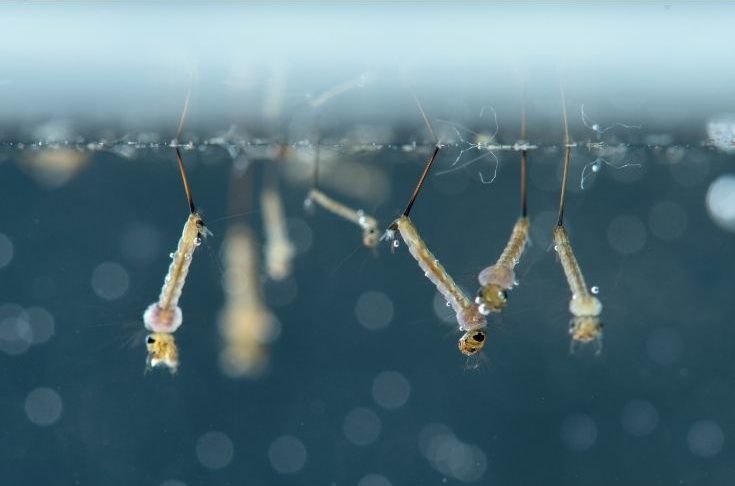
Insect larvae are the unhatched young of insects, and make excellent sources of protein for minnows. These are very common food sources for minnows living in temperate climates.
Decaying animal and plants
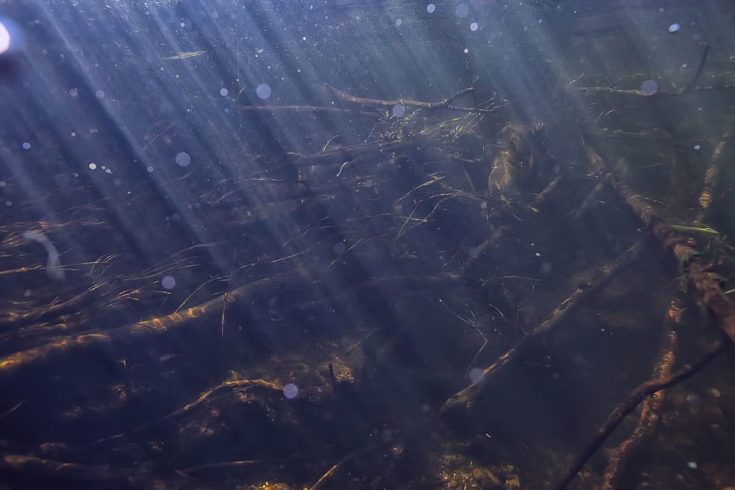
Minnows are omnivores that can obtain food from most sources – including decaying plant and animal matter. Their non-fussy eating habits make them highly adaptable fish.
Brine shrimp
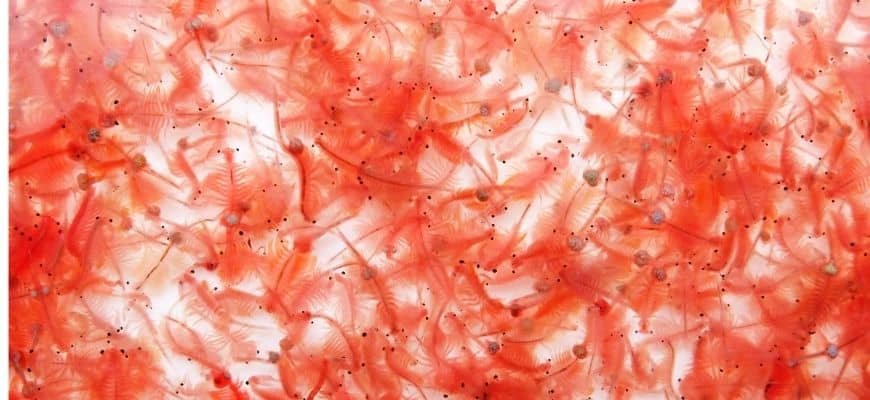
Brine shrimp are tiny crustaceans that make an excellent food source for minnows. These tiny sea critters make a great food source for even the tiniest minnows.
Crawfish
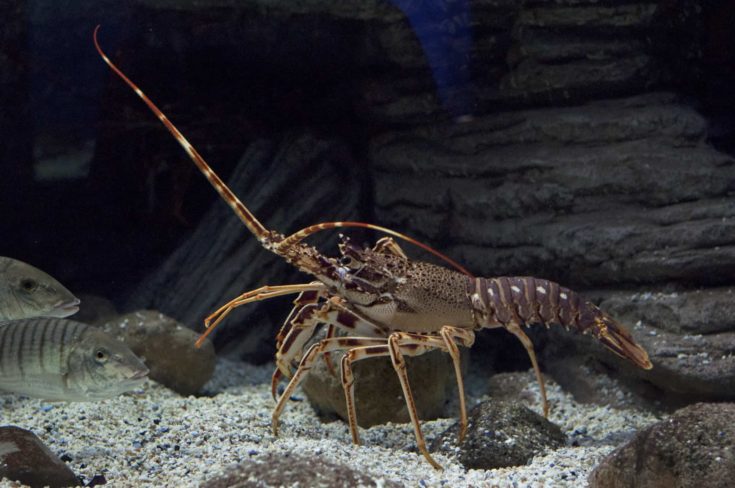
Crawfish are commonly consumed by larger minnows. Their thick exoskeleton and relatively large size protects them against smaller minnows.
Diatoms
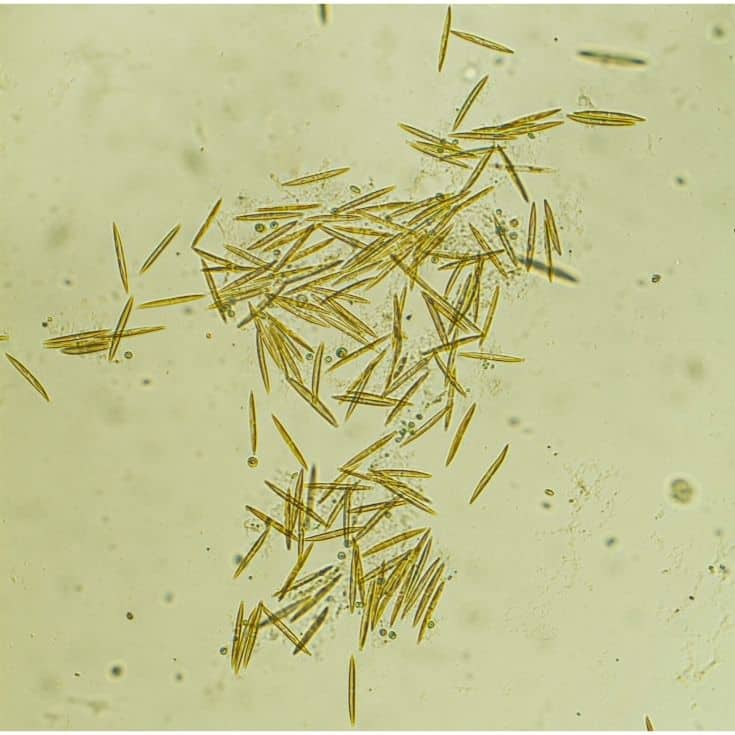
Diatoms are single-celled algae that are widely available. Omnivorous minnows rely on diatoms as a vital source of essential nutrients and minerals.
Because there is such a diverse variety of food sources in the wild, minnows find it fairly easy to get the nutrients they require. As omnivorous fish, they are able to get a good mix of plant and animal matter in their diet.
That’s great for minnows living in the wild, but how do we meet the dietary needs of minnows kept in captivity? Let’s find out!
What do Minnows Eat in Captivity?
Whether your minnows are kept in a pond or in a fish tank, minnows kept at home tend not to be very fussy about their food. In fact, a quick glance at fish forums will reveal that people feed minnows anything from oatmeal crumbles to dry dog food.
However, just because your fish will eat anything, doesn’t mean that they should. Eating the wrong types of food may cause your fish to develop kidney and liver problems.
A proper diet should be carefully tailored to meet your fish’s nutritional requirements. If you were wondering what to feed your minnows, here are some of our top suggestions:
Algae
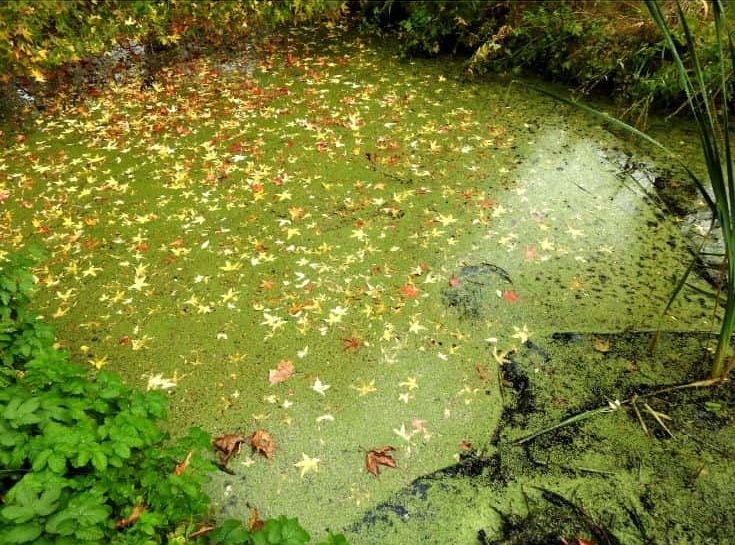
Minnows are omnivores, and require an adequate amount of plant matter in their diets. Algae contains essential nutrients required for minnows to maintain their health, so it is crucial to ensure that there is sufficient algae in your tank to feed your fish.
In most cases, tanks and ponds naturally contain a sufficient amount of algae. If your tank lacks algae, you might need to add a small amount of liquid fertilizer to promote algae and phytoplankton growth.
Be careful not to overdo it, though! 1 tablespoon per 100 gallons of water is sufficient. Too much algae can clog your filters.
Tropical Fish Food
Tropical fish food contains a balanced proportion of protein and plant matter, making them appropriate for minnows. Opt for food that’s of good quality, as they are likely to provide your minnows with the nutrients they require. Here are some of our top recommendations:
TetraMin Plus Tropical Flakes
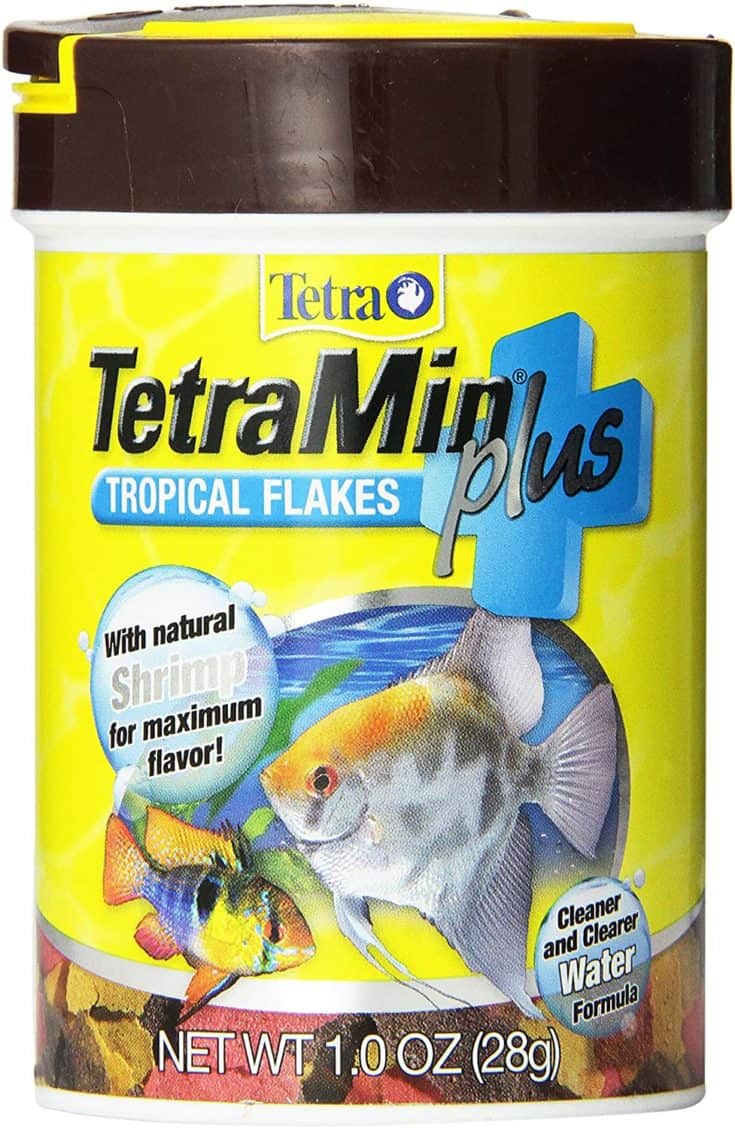
Aqueon Tropical Flakes
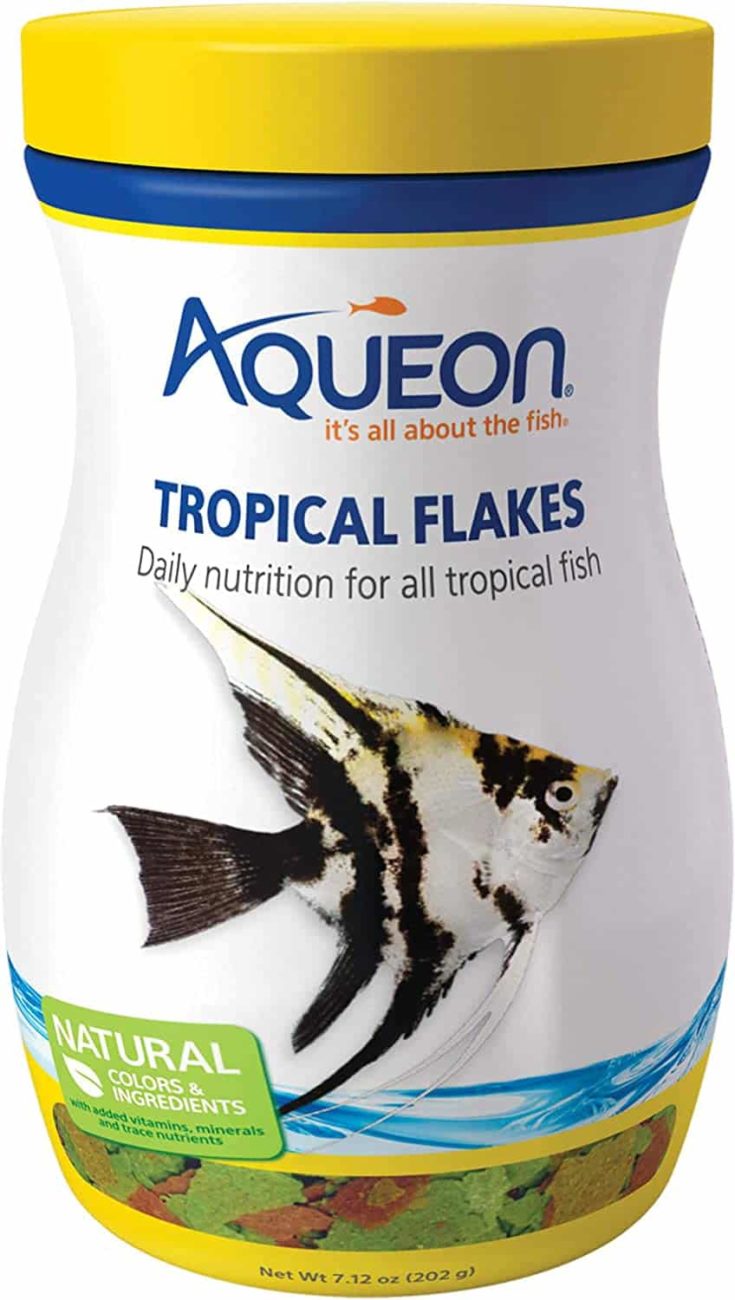
One thing to keep in mind is to select pellets that are size-appropriate. Because minnows average between 2-3 inches in length, it is best to opt for smaller pellets. Alternatively, you can also crush larger pellets into smaller pieces.
What about fish food that’s more widely available? Can minnows eat goldfish food, for instance? While more generic forms of fish food can be consumed by minnows, they typically contain a lower proportion of protein. You can opt for these types of food as long as you supplement your fish’s diet with other sources of protein.
Catfish Food
Tetra ShrimpWafers
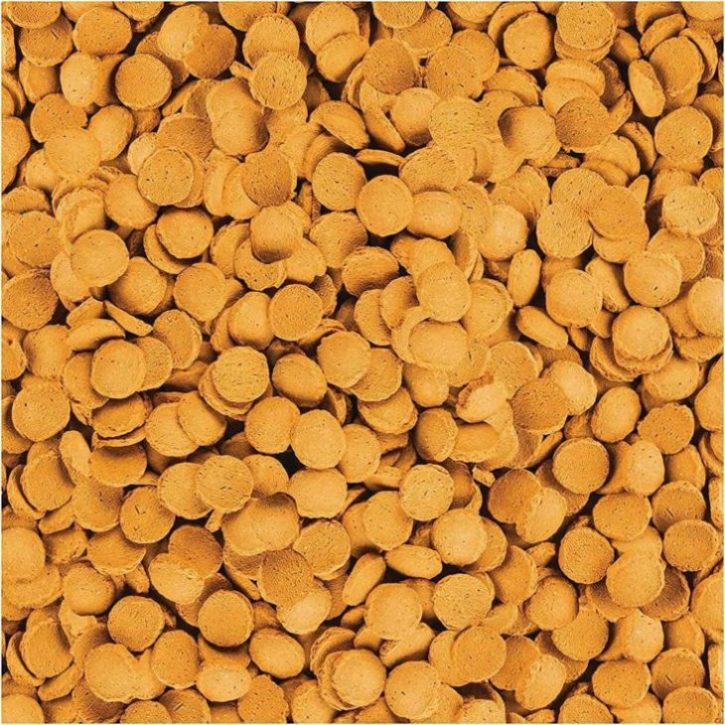
Catfish food is great for minnows as they contain a higher protein composition than most commercially-available fish food. Minnows benefit from the added protein. You might even find that some of them prefer catfish food compared to other types of tropical fish food.
Hikari Tropical Sinking Wafers for Catfish
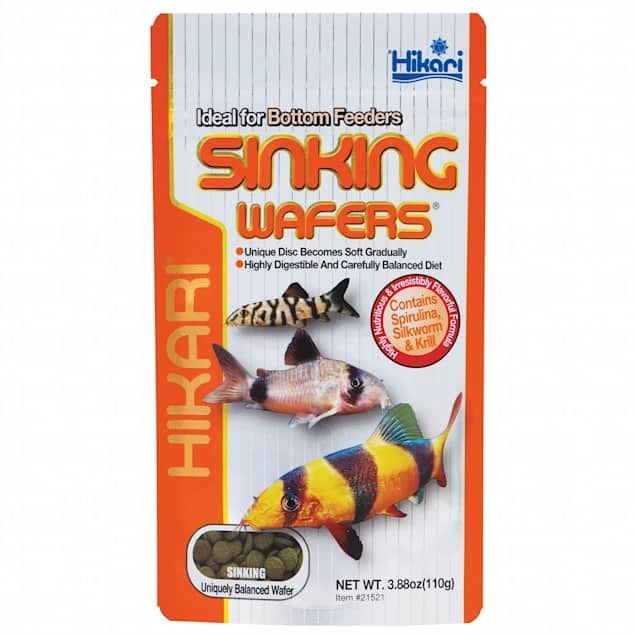
Another advantage to using catfish food is the fact that they sink to the bottom of the tank. Minnows feed on both the surface and the bottom of the tank, so it is best to supply them with floating foods, as well as those that sink.
How to Feed Your Minnows
Now that you’ve figured out what to feed your minnows, it’s time to take a look at the how. How you feed your minnows impacts their well-being just as much as the type of food you feed it. Here are some tips!
Frequency
How often should you feed your minnows? Minnows should be fed twice a day. Every feeding window should last between 4 – 5 minutes. Any unconsumed food should be removed from the tank after the 5 minute mark to avoid overfeeding.
Overfeeding causes water quality to deteriorate more rapidly, as uneaten food causes waste to accumulate in the tank. This in turn causes ammonia spikes, which is one of the leading causes of death for fish held in captivity.
Another factor to avoid is underfeeding. If your minnows are finishing their food in under 3 minutes, it is generally a sign that you’re underfeeding. All fish require sufficient food to stay healthy, so be sure to give your minnows what they need!
Where to Find Food for Minnows
As we’ve previously mentioned, minnows are not particularly picky about their food. These omnivores require a balanced diet consisting of plant and animal matter, but their dietary needs end there. You can keep your minnows relatively healthy as long as you provide them with a balanced diet.
This means that you can find food for minnows from a variety of sources! Most aquarium specialty shops should provide you with plenty of options. If you’re raising a large number of fish, consider purchasing food from a feed mill. From fish flakes to natural protein sources such as brine shrimp, minnows will eat almost anything.
Feeding Minnows Kept in Ponds
If you keep your minnows in an outdoor pond, it is possible that your pond already contains all the plant and animal matter needed to keep your fish well-fed.
Ponds typically contain insect larvae, phytoplankton, algae, and small bits of dead animal matter. These make excellent food sources for minnows – provided that they are not removed as part of pond maintenance procedures.
The reality is, many people rid their ponds of the very substances that minnows like to feast on. If this is the case, simply supplement their diet with the food sources mentioned above!
What are Minnows?
Let’s get one thing straight – What exactly are minnows, anyway?
Simply put, minnows are freshwater fish that belong to the Cyprinidae family. Though minnows can look very different from one another, they share a few traits in common:
- Minnows only have one dorsal fin, though fish can have up to three.
- Their teeth are located not in their mouths, but on a bone in their throats.
- Though minnows have tightly packed cycloid scales on their bodies, the scales between the head and dorsal fin tend to be smaller and crowded in irregular rows.
- Broadly speaking, male minnows tend to feature brighter colors compared to females.
Types of Minnows
As mentioned previously, minnows are a spectacularly varied bunch. Here are a few common types of minnows you will likely encounter:
Bluntnose Minnows
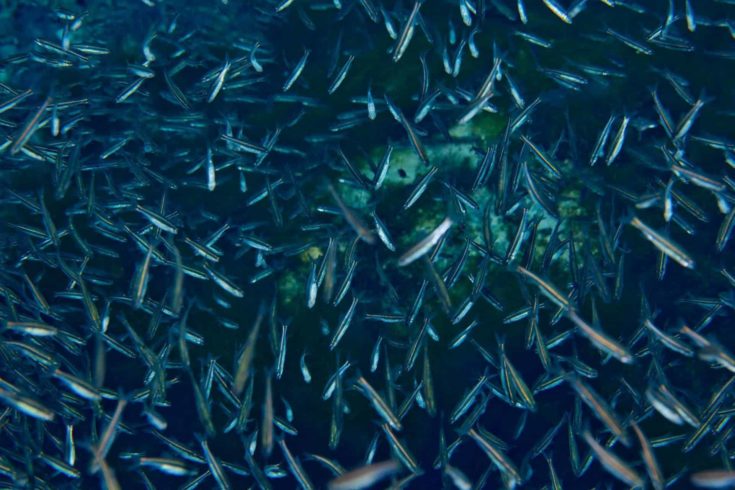
A small, silver fish with a black stripe that runs lengthwise down its body. Typically used as bait, bluntnose minnows represent the type of fish that people think of when they think of minnows.
Bigeye Chub
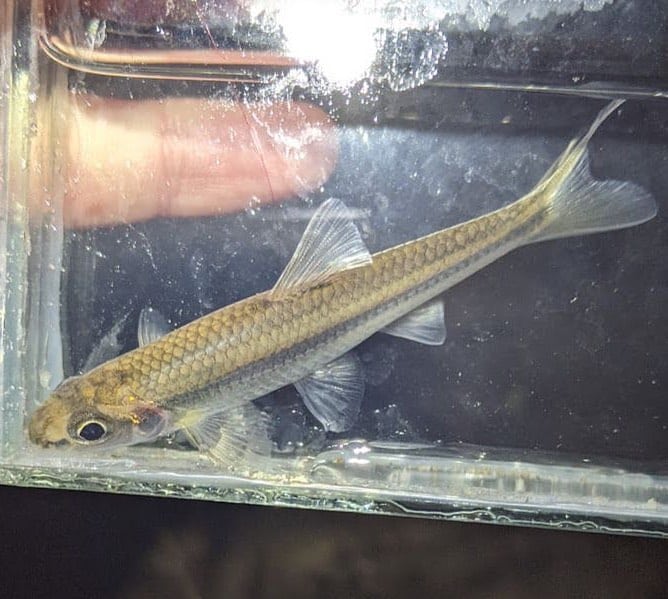
Named after its distinctive large eyes, the bigeye chub is a freshwater fish with a preference for slow-moving waters. They can typically be found in bodies of water containing clean gravel.
Fallfish

Fallfish can grow up to 15 inches in length, and are the largest minnows native to the East Coast of the United States. They have brownish-black backs, silvery sides, and a white abdomen.
Carps
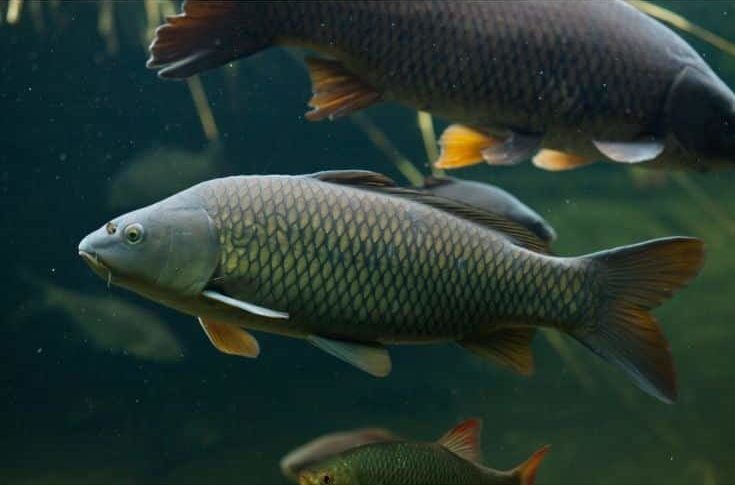
Carps are native to Asia and are often considered to be an invasive species due to their vigorous foraging tendencies. These greenish brown fish are hardy and typically raised for food. They are also distant relatives of ornamental freshwater fish such as goldfish.
Bigmouth Shiner
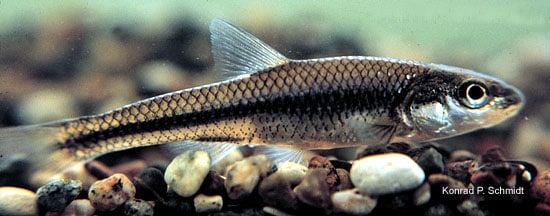
Commonly found in the Midwest region of the United States, the Bigmouth Shiner has a yellow back and a dark stripe that runs down the length of its sides. It grows up to 3 inches long.
Daces

Daces are a group of small, freshwater fish that encompass many different varieties of minnows. They typically have a preference for shaded areas and brackish waters.
Comely Shiner

Native to North Carolina, the Comely Shiner has an olive green back and a pale body. They are invertivores that feed on insects, brine shrimp, and other invertebrates.
Fatheads
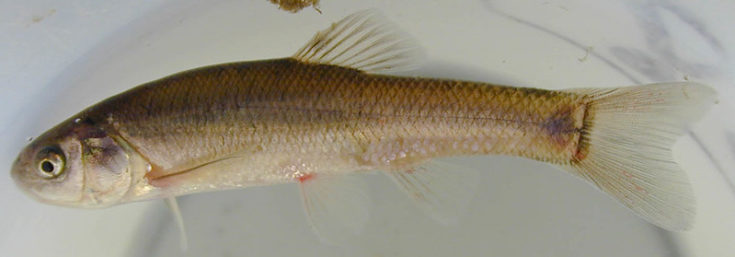
Sometimes known as truffle minnows, fatheads are commonly used as baitfish for larger, more predatory fish. These slow swimmers have been used as bait for several generations, allowing them to be found throughout the United States.
Stonerollers

Native to eastern United States, Stonerollers are olive-brown fish with flat jaws that are used to scrape algae from rocks. These fish are heavy feeders, and can grow up to 8 inches long.
From dace to carps to shiners, minnows truly are a diverse bunch. However, there’s one thing all minnows have in common – they require a well-balanced, nutritious diet.
Importance of Minnows Diet
Most minnows are omnivores, which means that they meet their nutritional needs with multiple food sources. Here are some of the key nutrients that minnows require:
Nutrient
Protein
Function
To promote physical growth
Nutrient
Mineral salts
Function
To maintain bone structure and efficiency of biological functions
Nutrient
Vitamins
Function
For general health
Nutrient
Carbohydrates
Function
To supply energy
Nutrient
Fat
Function
Protects internal organs and provides a secondary source of energy
As you can see, minnows have diverse nutritional needs.
Conclusion
Minnows may not be fussy eaters, but they can certainly benefit from a high-quality, nutritious diet. Given the ecological significance of these fish, it is important to do what we can to help them thrive.
We certainly hope this article shed some insight on the dietary needs of minnows – whether they are kept in the wild, at home in a tank, or in an outdoor pond. If you found this article helpful, be sure to share it with someone who would enjoy it!
